I find the Voigtlander 50mm f/1.1 Nokton a fascinating piece of kit, and that’s not just since I have bought it! I’ve been intrigued by it since the day it was released, and have read every review about it I could find since then. There are many reasons I’ve only just put my money down (not least a period some years ago of not shooting, and selling some of my RF gear). Possibly the main reason I have taken so long to bite the bullet is how divided opinion on this lens seems to be, I just wasn’t sure I could make do with its apparent shortcomings. And that is I suppose what I want to talk about in this review, not just whether or not it’s a good lens in my opinion, but what those shortcomings are and how and when they might apply.
Buying a Voigtlander 50mm f/1.1 for reasons that suit it.
There are many reasons to buy a lens, but there are two very definite reasons, that I think through differentiation here, I can help explain where and why folks find such umbrage with the Voigtlander 50mm f/1.1. The main reason many people buy most lenses, whether they realise it or not, is for character. In these digital dominated days character is largely defined by quantifiable measurements such as resolution, distortion, lack of aberrations, flatness of field etc. The more artistic among us might define character as how nice a lens renders out of focus areas or “bokeh”, how quickly a lens transitions from in to out of focus or how much a lens vignettes etc. One way or the other, all these factors, and more, amount to a lenses character and are the usual reasons a lens purchase is approached.
But if you are looking correct perspective, reduce or enhance effective depth of field, or take photos of very small things at close proximity, whilst the above character related factors are still very important, the primary reason for purchase of a lens becomes its function i.e. a shift, tilt or macro lens respectively.
This difference of approach can profoundly affect how good the lens is perceived to be. Of course in the case of the shift, tilt and macro lenses they are largely specialist lenses, and for various reasons tend to also have a lot of secondary positive character traits. The Nikon 45mm PC-E micro lens I use at work for example is exceptionally “good” outside its specific specialist functions, but unlike many of its contemporaries it doesn’t auto-focus. For those buying it for its functions, autofocus is an irrelevance, but for someone expecting a modern lens, this might be seen as a disadvantage.
The point of me going to the pains of mentioning all of this is that if you assume the idea of buying a Voigtlander 50mm 1.1 lens for its function, rather than its character, the goal posts are shifted – especially if you take into account its price. And this is why – I’m 99% sure of it – that this lens divides opinion in the way it does. Reading people’s opinions of this lens, I have found a few telltale signs in the things people say about it that have made me come to this conclusion. Take for example the difference between these two oft stated comments:
“The main reason for owning a lens like this is to shoot it wide open”
“The main reason to own a lens like this is to shoot it in low light”
Two comments that amount to almost the same thing, apart from the fact that the first is a character based prerequisite, and the second is a function based one. Pretty obvious maybe, but the ramifications of these different approaches can have a very broad difference in how this lens is perceived.
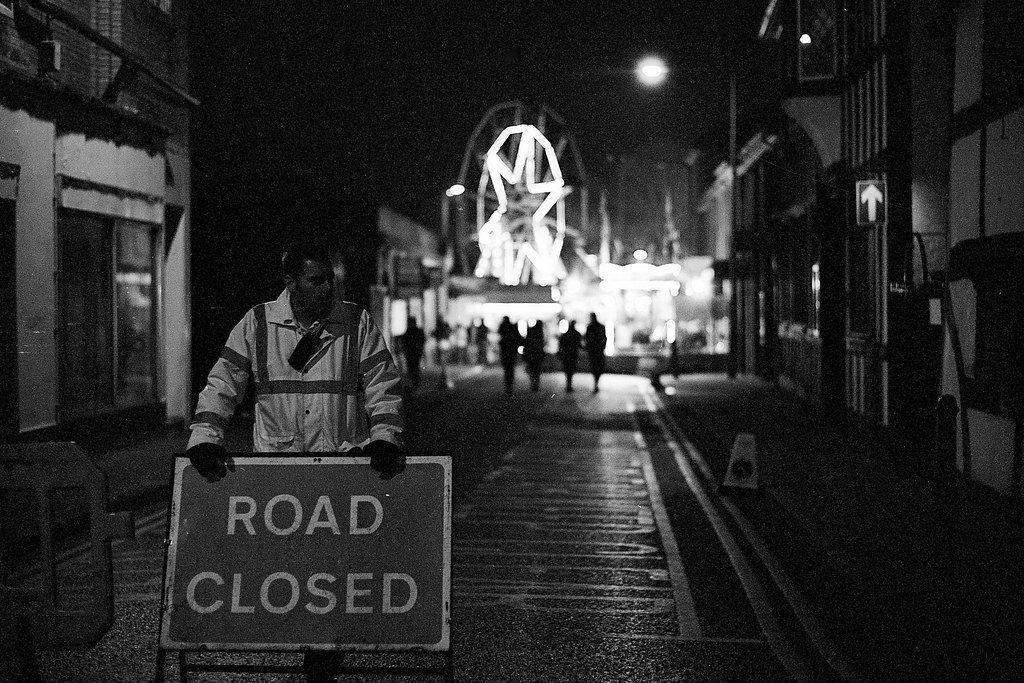
If the lens is bought to be shot wide open, then the person buying the lens is perhaps hoping for many of the usually valued “positive” character attributes of wide aperture lenses. These might include “creamy” bokeh or characterful and fast transition to out of focus or “3D pop” as many describe it.
Whilst if the lens is bought to be shot in low light i.e. for the lenses function, then these attributes are secondary to just how little amount of light it can be used in. And in fact, something like fast transition to out of focus might not necessarily be a desirable attribute. Just because a lens is to be used in next to no light, doesn’t mean the photographer is also looking specifically for very narrow depth of field. Of course physics are going to fight against the photographer if he/she wants to shoot in low light, handheld, and they aren’t happy with some level of narrow depth of field, but a little extra perceived focus, or at very least a more shallow transition to out of focus, might not be a bad thing.
I should probably take this opportunity to point out that I personally bought this lens for the sole reason of shooting in low light – Something that I guess is evident through looking at the images in this post. For anything f/2 and smaller, I have my 50mm v4 ‘cron which is smaller, lighter doesn’t focus shift, renders more attractively in daylight etc. Because of this my preferences for the Voigtlander are first and foremost function based, and my character based preferences for it are therefore founded in that function. So whilst I might agree with the oft stated comments that the Voigtlander 50mm 1.1 doesn’t necessarily excel in the areas of 3d pop or bokeh, the question for me isn’t if these perceived-by-many-as-negative attributes exist, it’s how negatively – or indeed positively – and under what specific circumstances they affect my shooting.
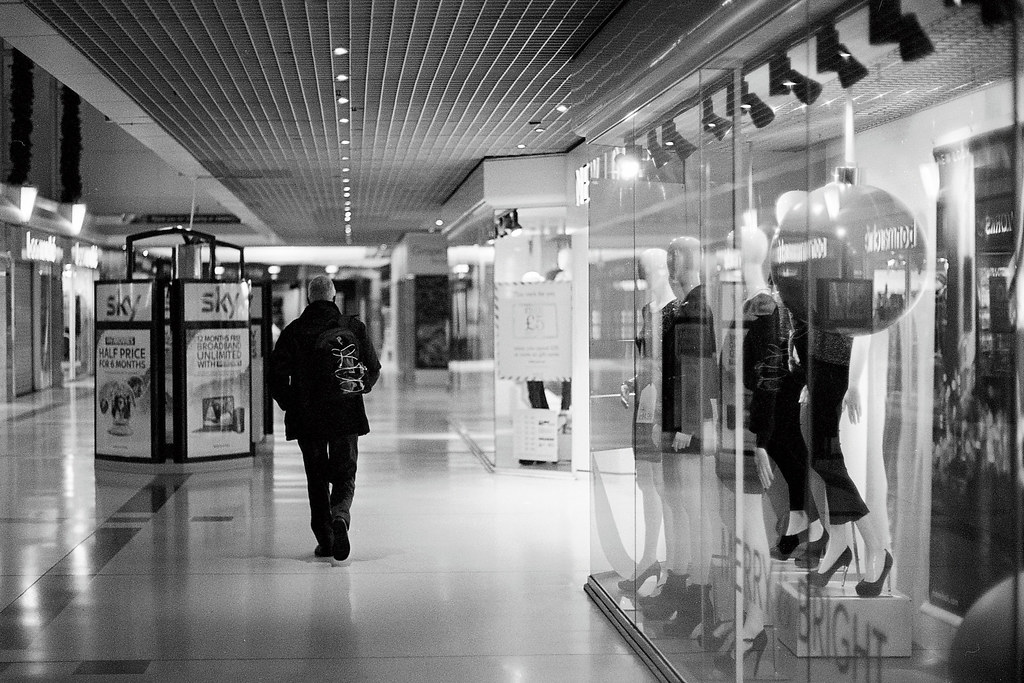
“3D Pop” & “Bokeh” of the Voigtlander 50mm f/1.1
Starting with 3D pop… It’s just not something I am particularly looking for with this lens. As mentioned previously, for me – someone who just wants to be able to take photos in very low light – extreme narrow depth of field and fast transition to out of focus could almost be an inconvenience rather than a goal. I’m not shooting at f/1.1 because of the effect, I’m shooting at f/1.1 as the light is so low it’s helpful to do so.
With respect to bokeh, and how it affects me, I would definitely agree with every other review I have read in that out of focus spectral highlights can be edgy, and vignette to oval/cats eye shapes to a greater extent the closer and closer they are to the edge of the frame. This can distract from the subject and in worst cases – if you don’t like that sort of thing – look pretty ugly. But, I must admit, it doesn’t bother me particularly, as I don’t find the effect particularly distracting when shooting regularly repeating patterns of similar intensity lights, as can be seen in many of the example images in this post. In fact, I’d go as far to say that I actually quite like the effect: Under the circumstances demonstrated within this post I find the character of this lenses bokeh quite pleasing.
Where I do find this sort of thing more distracting is the odd occasion when it has no right to rear its head, such as on the mic stand in the background of this photo of my wife and Dennis Skinner (Dennis Skinner!!)
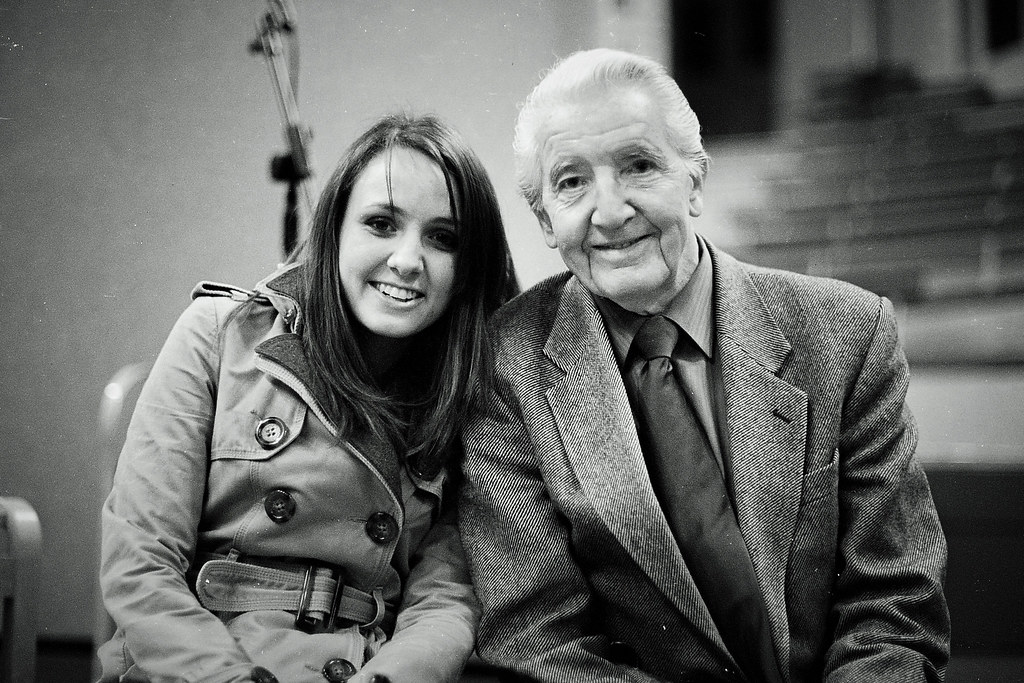
I also don’t find it particularly attractive in the examples where people have captured out of focus foliage in daylight. I find the randomness of the patterns in the leaves causes a distracting mess of a rendering and perceptively brings what is out of focus forward, rather than setting it backward in the image. Not that some people don’t like that effect, I know people do, and that’s their shout, it’s just not my thing. But, since I have no intention to ever shoot this lens in daylight, it’s also completely irrelevant to me. What I am photographing is low lit scenes, when sometimes there might be the spectral highlight here and there in the background, there are very rarely such complicated patterns that cause the background to sit forward in the way day-lit foliage does. And even when there are complicated patterns, they aren’t rendered that unpleasantly – as can be seen in this following image:
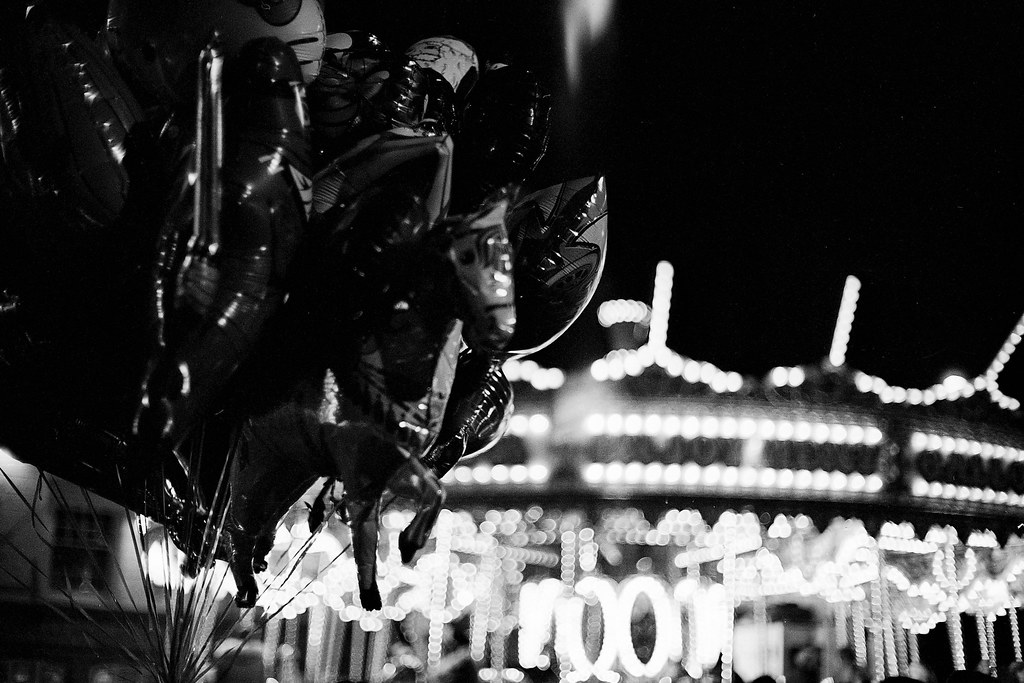
Other character traits of the Voigtlander 50mm 1.1
Of course this lens does have other character traits outside of its rendering of and transition to out of focus. But even these other character traits seem to work in my favour. It is for example fairly sharp at the wider apertures, at least for such a fast lens. It is certainly plenty sharp enough for the 400-3200iso film I will be using with it.
Focus Shift
There is an often quoted issue of it focus shift at f/2 and above. I shan’t be doing any focus shift experiments as for me it’s entirely irrelevant how lens lens performs at or at smaller apertures than f/2. If I want to shoot at smaller apertures than f/2 I’ll shoot with my 50mm ‘cron.
Modern coatings
It is also a modern coated lens, and so doesn’t seem to suffer from the overall-contrast lowing veiling flare issues of older fast lenses. Older faster lenses can produce wonderful characterful photos in well lit conditions, but use them in low light and results can be muddy. Not so with the Voigtlander, it’s modern coatings keep the overall contrast in results nice and high, which helps a lot, even in murkily lit conditions. When I took this photo I didn’t expect much at all from the result, in fact I was quite surprised how much contrast there is in the photo considering how dull-lit the subject was. (excuse the dust, lazy!)
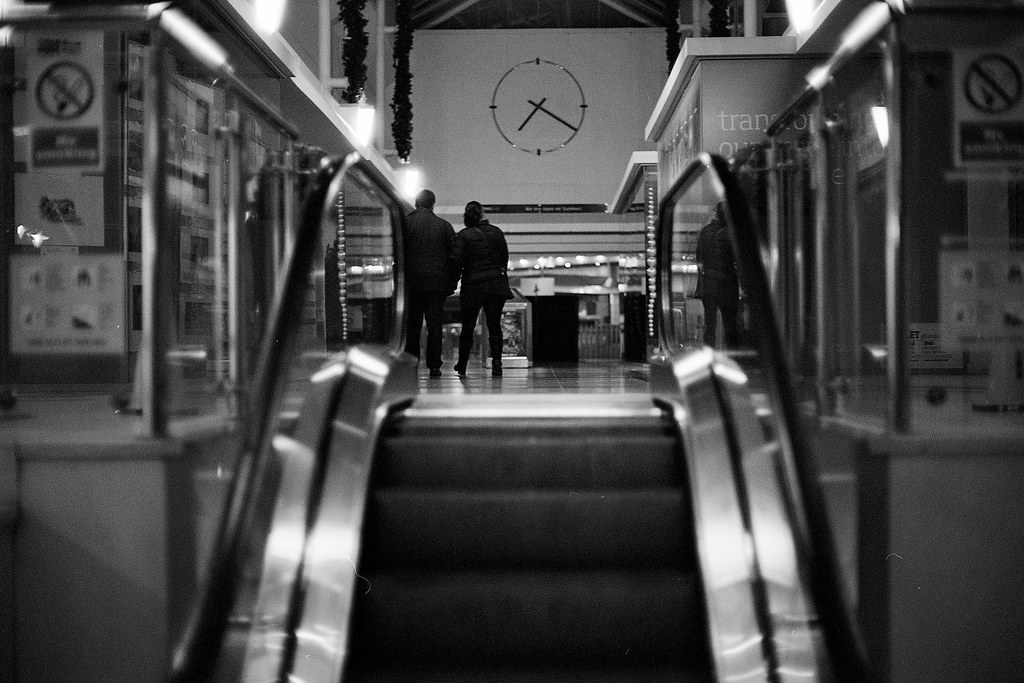
Colour aberrations
It may well suffer from issues such as chromatic aberrations, spherochromatism, etc. but I am unlikely to suffer seriously with those even if I do shoot colour film as these issues tend to be less problematic in low light. And to be honest, 9 times out of 10, I shoot black and white in low light anyway.
Distortion
One area of issue I have noted is with distortion, though interestingly others report it as not having any issues in this area. Take this shot for example, there is clearly some barrel distortion visible. Not a problem for me, as since I run my film shots through Lightroom prior to uploading or printing, distortion is easily fixed. If you shoot film and print in the darkroom, this may be worth being aware of.
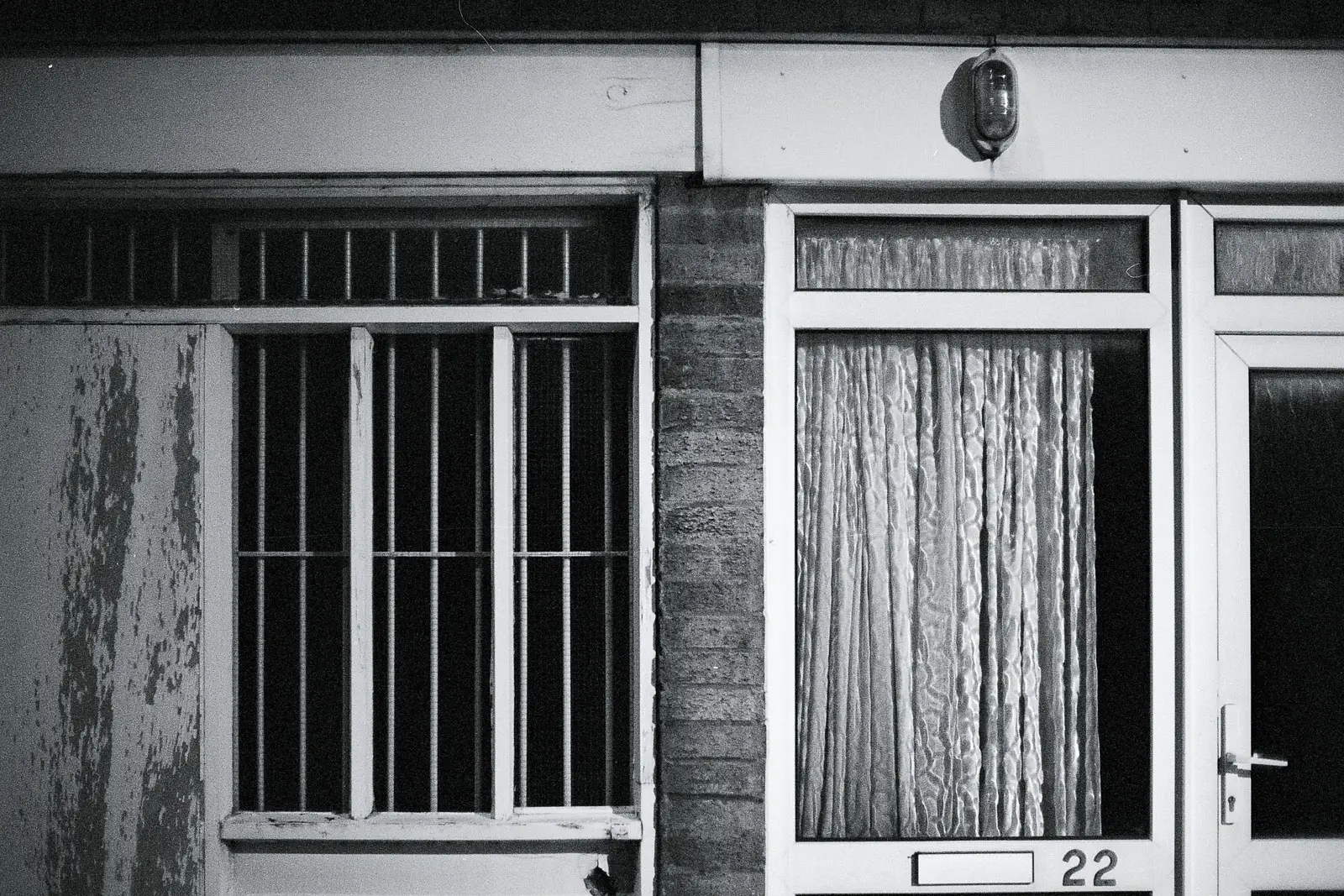
Vignetting
Yes. But it doesn’t have a negative effect on my chosen subject matter.
Size and weight
It’s a beast, it blocks the lower right of viewfinder even without the hood. I was expecting this, was prepared for it and so it doesn’t phase me. If I intended to carry it everywhere it would bother me. I can’t zip it inside my coat like I can with the ‘cron. This bothers me, but its no deal breaker!
By comparison
You might notice I’ve so far chosen chosen not to mention comparison with a Leica Noctilux. Well, firstly, I have only used any of those lenses once, so have no real experience for comparison. What I do know is that those lenses demand significant more investment than the £400 I paid for this lens. Are they better? Yeah, probably, but it’s irrelevant to me as I have no means to afford such luxury. And to be honest – though I might eat my words one day – I don’t think I could justify the extra cost for the marginal difference within the specific usage case of shooting in very low light. Where the Noctilux lenses might bring advantage would be in the area of rendering of bokeh, but honestly, from what I have seen, I’d prefer the way the zeiss sonnar renders out of focus anyway – a lens that is much smaller and much more affordable. In fact, if I were looking for bokeh character, and low light, I still might choose to own this lens and the Zeiss Sonnar before a Noctilux – I could probably afford both lenses 3 times over before I could a Noctilux anyway… Of course that might be my internal monologue protecting me from the frustrating idea that I will likely never be able to afford one anyway.
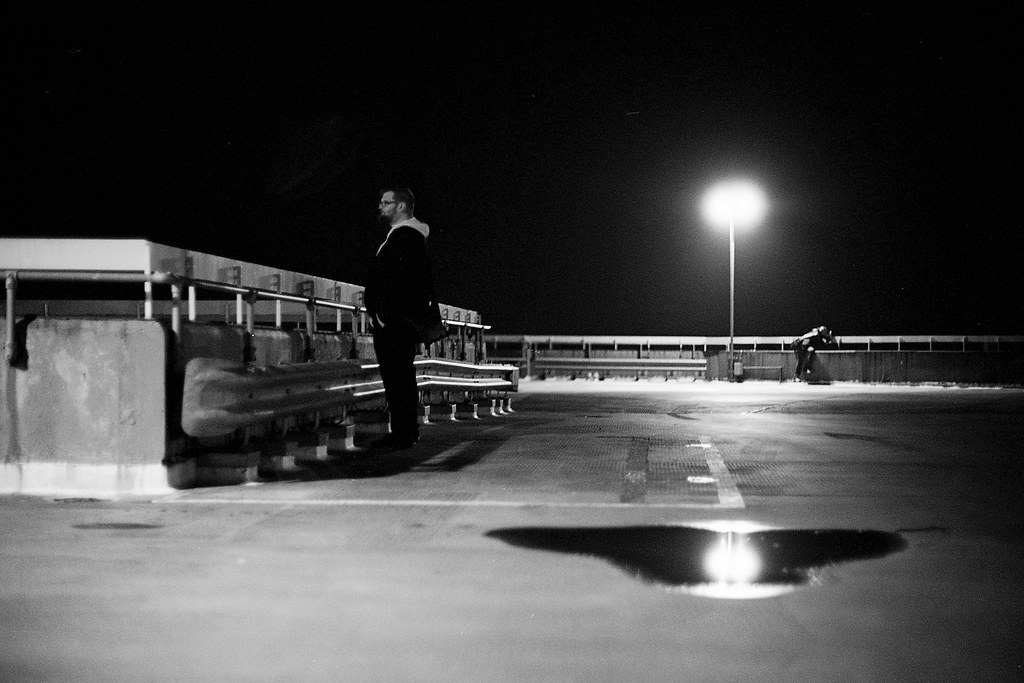
Since f/1.5 and faster lenses made for Leica are either much older, and so lower contrast etc, or like the Leica Summilux 50’s are a lot more expensive; more sensible comparisons can only actually be made with other fast Voigtlander 50’s. There are two Voigtlander 50mm f1.5 Nokton lenses, an ltm one and an m-mount. Again, I am yet to shoot either, though they certainly garner a level of more universal praise than the 1.1. They are both a lot smaller too, in fact, they are both probably more sensible choices than the 1.1 for many people. They certainly offer more sensible carry-everywhere status, as thanks to it’s character and size, I’d never choose to carry the 1.1 everywhere. But I have a 50mm summicron for 95% of my shooting, thats as close to carry-everywhere as I need. For the 5% of shooting I do in low light, punting for a 1.1 just made sense to me over and above buying a 1.5.
My conclusion on the Voigtlander 50mm 1.1
I guess my opinion on this lens is pretty clear? I really like it, but only for the purpose I bought it for. I’m not sure I would have been so happy had I bought it to take characterful narrow depth of field photos of people walking through the woods or lying in grass etc. But I didn’t, I bought it so I could shoot in much lower light with my M7/M4-p. Yes, it’s perhaps not the perfect lens, but it suits me and my goals very well. It’s very clear to me why some people don’t like this lens, but it is also very clear to me what this lens is good for. In summary, my advice is as follows: If you are looking for a lens to shoot in very low light, or you don’t mind batshit crazy bokeh in daylight, then the Voigtlander 50mm f/1.1 lens is for you! If you are looking for creamy characterful bokeh, and 3d pop, then buy a sonnar, or start squirreling away that pocket money for a Noctilux!
The rest of the images I have taken with this lens can be found here on flickr
And links to some of the other reviews I mentioned:
Ruminations on a 50mm f/1.1 Nokton – ULTRAsomething Photography (the review that eventually convinced me)
Voigtländer 50mm f/1.1 Nokton – La Vida Leica
Voigtlander 50mm Nokton – “f1.1 and be there” – Digi Pixel Pop
The Voigtlander Nokton 50 1.1 Lens Review – Steve Huff Photo
Voigtländer 50mm f/1.1 – Ken Rockwell
Voigtlander Nokton 50mm f/1.1 – A Field Report – Luminous Landscape
Voigtlander Nokton 50mm f/1.1 (M) – SLR Lens Review
Nokton 50mm f1.1 – Review – DoingPhoto
Cheers for reading
Hamish
Share this post:
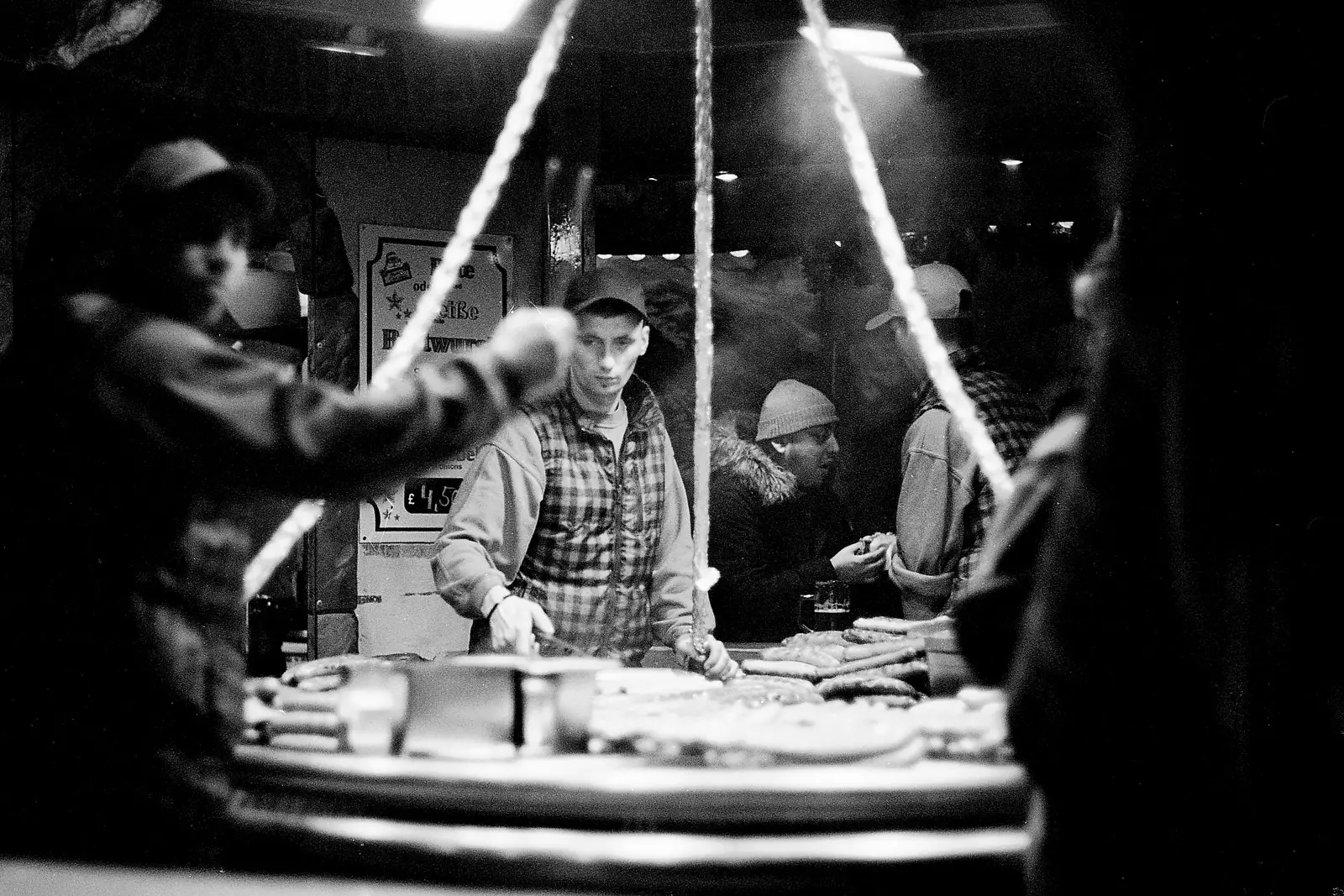








Comments
'Taab' lens tab - Pre-production review / beta test report on Voigtlander 50mm f/1.1 Nokton Review
Comment posted: 18/05/2015
John Lou Miles on Voigtlander 50mm f/1.1 Nokton Review
Comment posted: 21/07/2016
Comment posted: 21/07/2016
Sean Hardie on Voigtlander 50mm f/1.1 Nokton Review
Comment posted: 18/03/2017
Comment posted: 18/03/2017
John Tuckey on Voigtlander 50mm f/1.1 Nokton Review
Comment posted: 29/03/2017
I chose the sonnar C over all of them, and if I needed the extra stop, I'd go for this over another nocti!
Comment posted: 29/03/2017
lembaga dakwah on Voigtlander 50mm f/1.1 Nokton Review
Comment posted: 04/05/2018
am also eager of getting know-how.
Robert on Voigtlander 50mm f/1.1 Nokton Review
Comment posted: 25/03/2019
I am looking at buying this lens in the near future and has sort of alluded me the past couple of years. something else always catches my eye like my recent purchase the leica 50mm elmar M. I take lots of photos out at bars and such with friends. I am looking at either this lens ( found used the cheapest) a Voigtlander 35 f1.2, or the newer 50mm f1.2. I like the way the 50 1.1 looks hefty and for a while I was toting a fm2 with a 50 1.2 or a 105 1.8 so I kinda like that in my camera systems. I guess my question is have you tried the other two lenses I mentioned? and any thoughts when comparing the 3?
Thanks
Robert
Comment posted: 25/03/2019